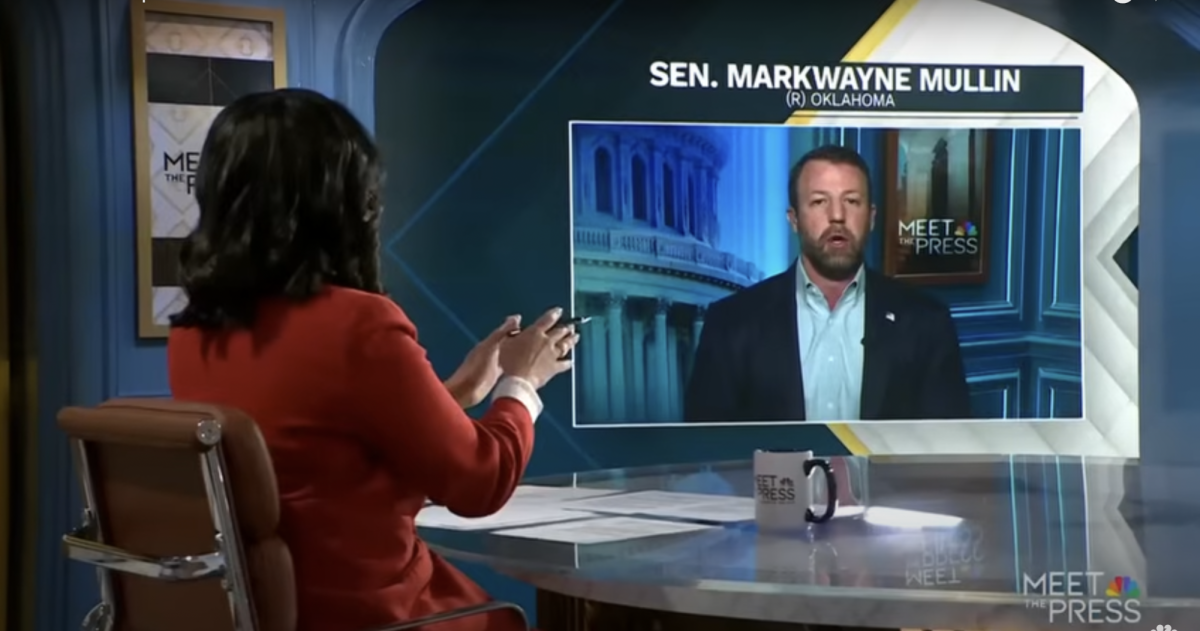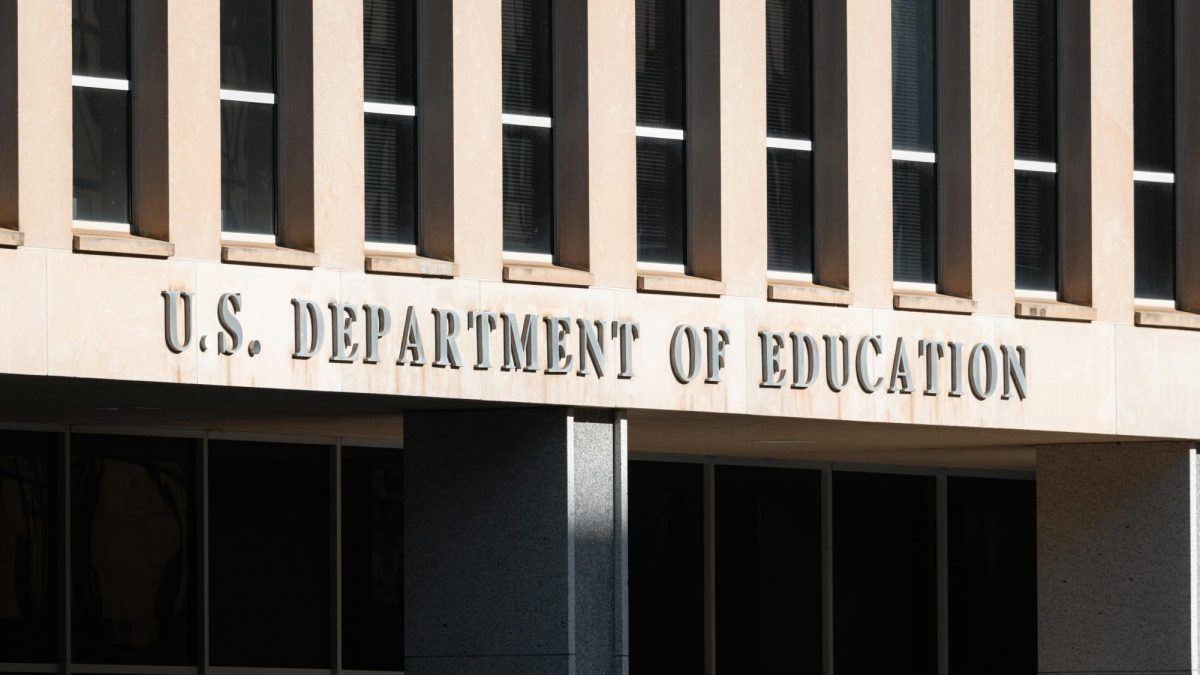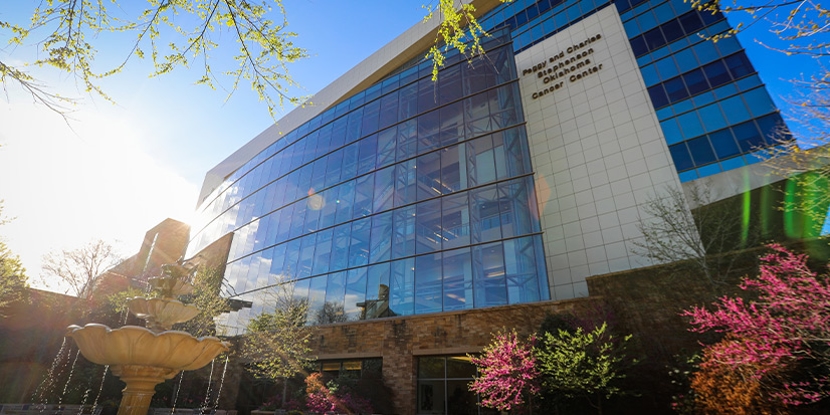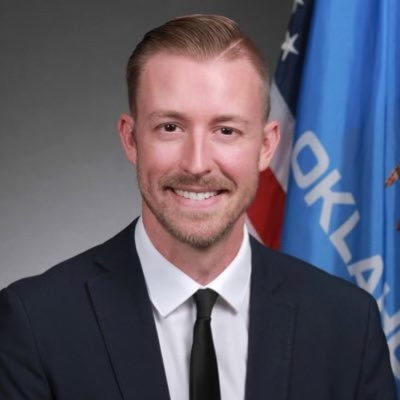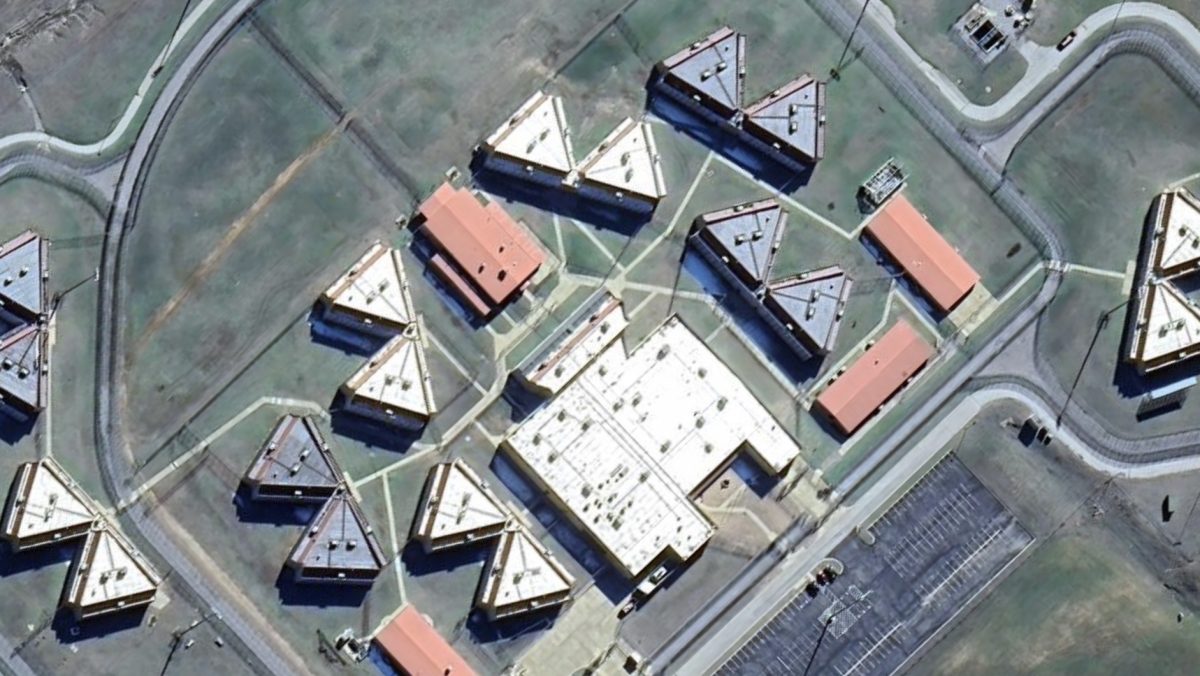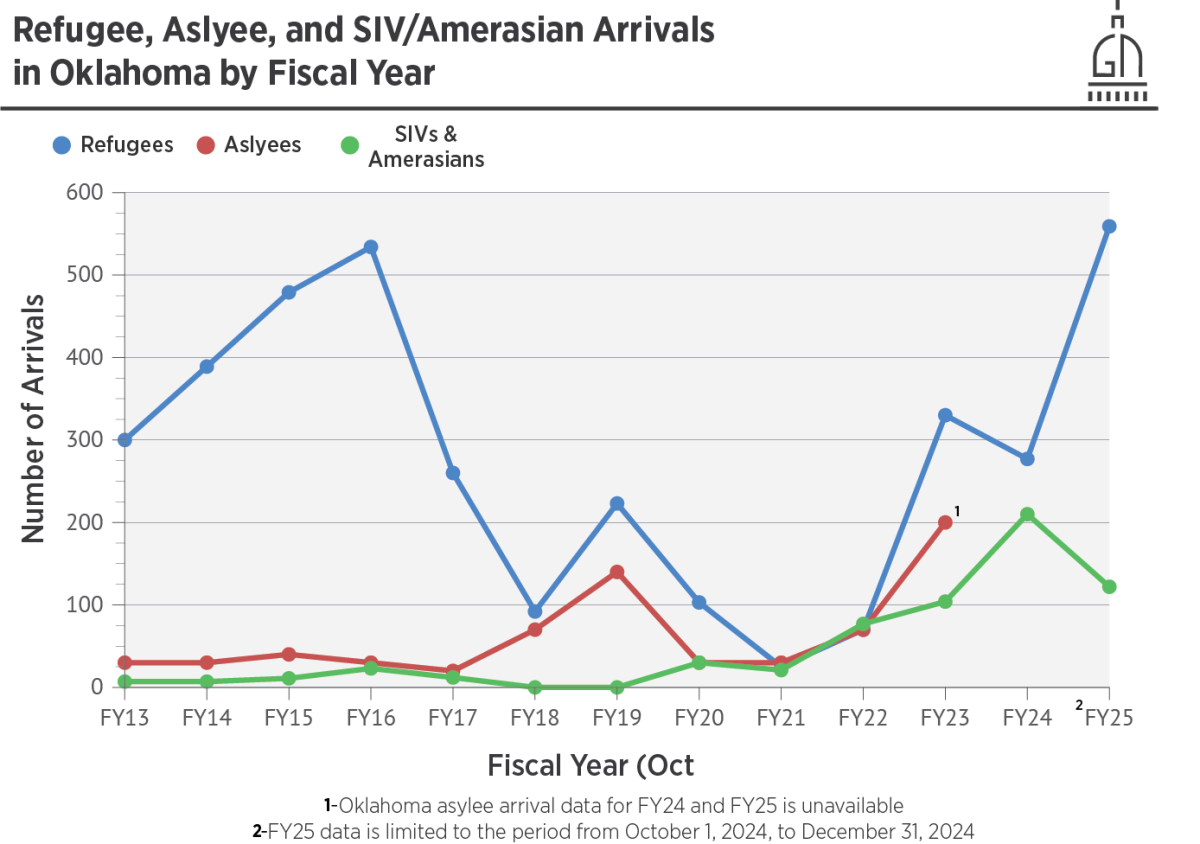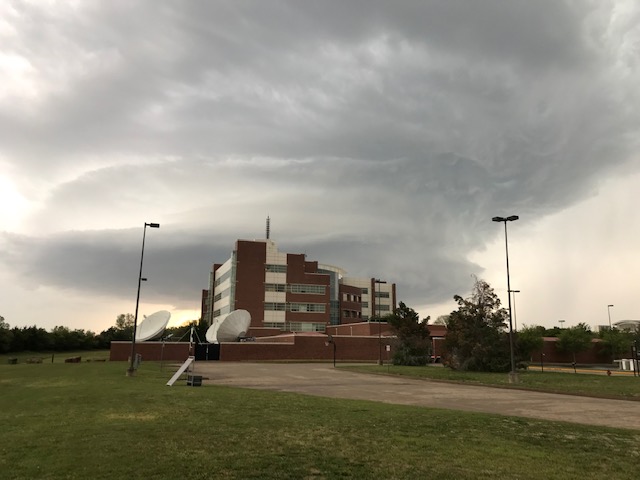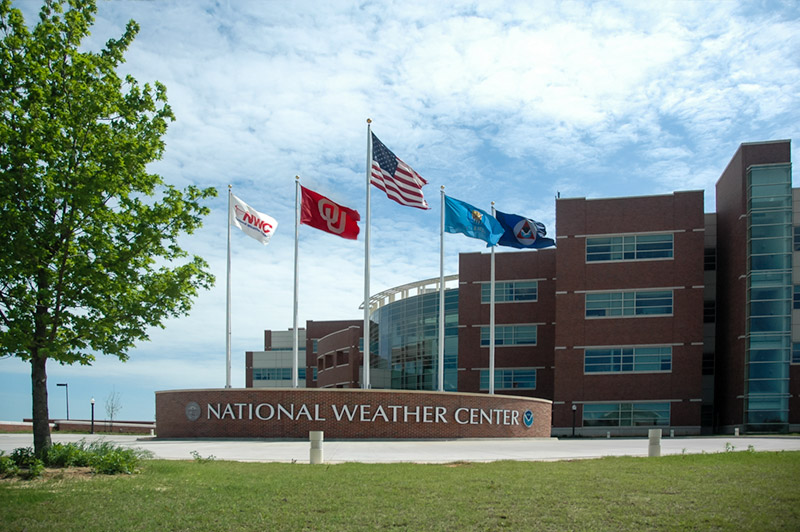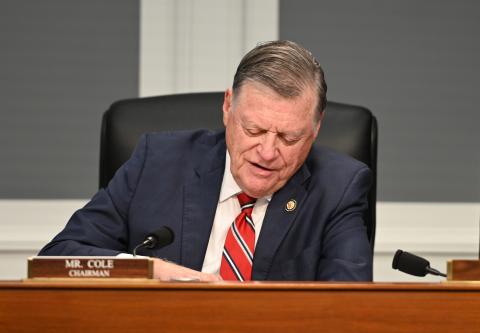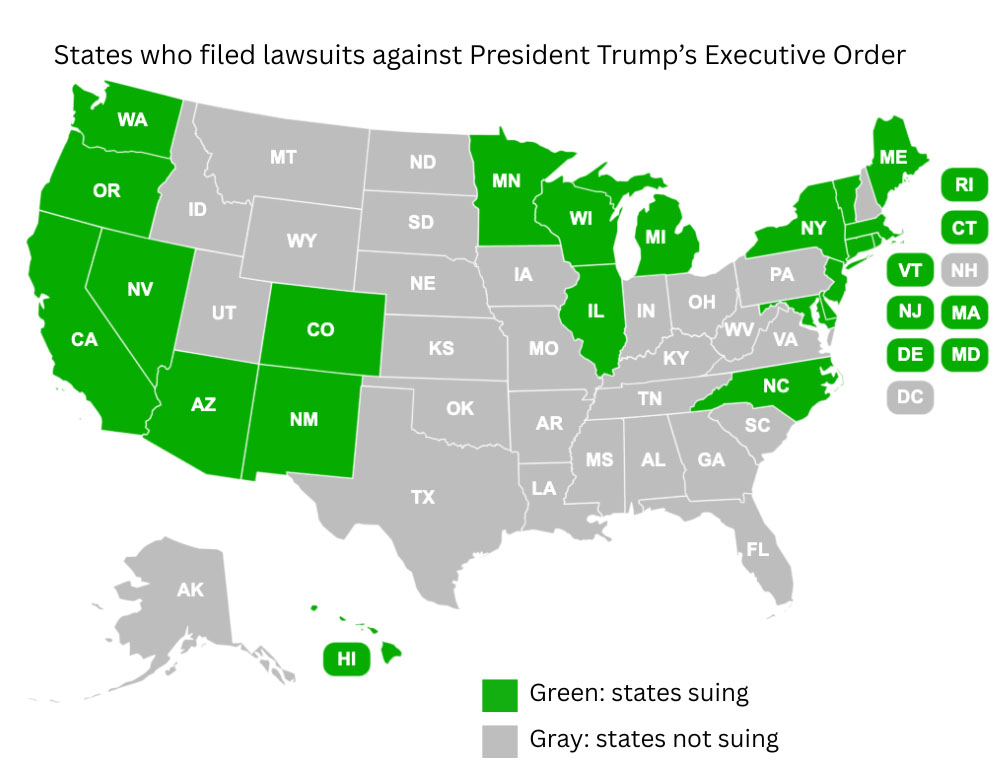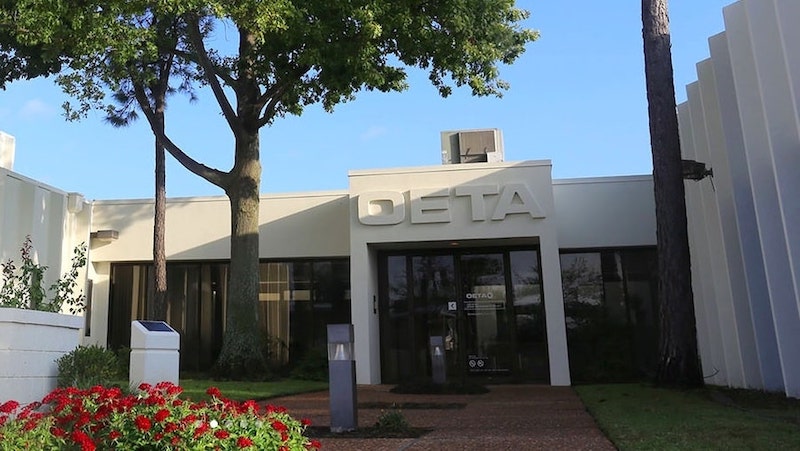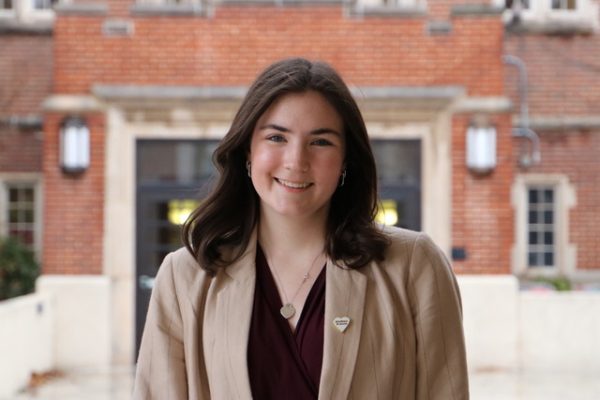WASHINGTON – The University of Oklahoma and Oklahoma State University are standing firm against challenges made toward federal education grants made earlier this month.
On Sunday, Senator Markwayne Mullin appeared on NBC’s Meet the Press where he was asked to respond to several news stories from Oklahoma outlets about the cuts being made to federal programs.
Mullin said, “There has to be a reset. It has been abused,” in response to a February 10th statement by University of Oklahoma president Joe Harrozm defending OU charges for indirect costs totaling as much as 55 percent of a grant.
The National Institutes of Health proposed lowering the limit for indirect costs to 15 percent–a level currently set by some private foundations.
U.S. Rep. Tom Cole, (R-Moore) said the grant process needs to be reformed to permit real costs including buildings and equipment to be included in the grant rather than listed as an indirect cost as now is required.
Harroz stated that the cuts would “severely impact” the university’s ability to conduct research.
“This change would severely impact institutions’ abilities to fund medical breakthroughs and novel therapies, as well as fulfill our educational mission of training and preparing the next generation of graduate students and student researchers,” Harroz said.
Cole, the chair of the House Appropriations Committee and a graduate of OU with a PHD in History, said that the House is working to include NIH and other federal grants within an upcoming appropriations package.
“Look, I am a big supporter of NIH but I think there is room for reform here… I’m all for the 15% cap on indirects as long as that funding is able to be moved as direct costs. Those costs go into real research.”
Indirect costs are used to pay for buildings, laboratories and equipment among other things are needed to fund medical research.
Cole also pushed back on the notions that the universities are abusing the NIH funding system. Cole said that the reality is that universities need that money in order to fund biomedical research and that without indirect costs included their ability to do so will be crippled.
“There’s a reason why 58% of the prescription drug patents come from the US. That’s the NIH funds right there,” Cole said.
The university declined to comment on Mullin’s response but did reaffirm its stance presented in the Feb. 10 statement.
In anticipation of these and other possible federal cuts, the University of Oklahoma is expected to lobby for an additional increase in state funding for the next fiscal year according to sources close to Gaylord News.
The Oklahoma State Board of Regents has already asked for $1.1 billion in funds for all of the system’s universities including the University of Oklahoma itself. In the years since David Boren retired, a shrinking percentage of the university’s budget has come from the State legislature, with less than 20% of the operating budget of the university coming from state funds in 2023.
OU is not the only university that is facing challenges in concurrence with these budget cuts as Oklahoma State University received, as a whole, over $15 million in NIH grants in 2024.
OSU and the Oklahoma A&M Board of Regents are also asking for more funds from the state legislature for higher education in anticipation of cuts and in response to a rise in university costs. In 2024, 13% of OSU’s operating budget came from the state funds.
For now, research institutions across the country are instructing faculty and researchers to be selective with the language they use when applying for grants and to be diligent with avoiding indirect costs within grants.
According to OU’s website answering questions about recent executive orders, “changes could either be implemented directly by a federal agency or sponsor or may require an amendment on a project-by-project basis.”
OSU Vice President for Research Kenneth Sewell said, “The real impact of uprooting research investment would be felt by everyday people here in Oklahoma and around the country, who will be deprived of the benefit of biomedical research breakthroughs that NIH grants make possible.”
Gaylord News is a reporting project of the University of Oklahoma Gaylord College of Journalism and Mass Communication. For more information by Gaylord News go to GaylordNews.net.

